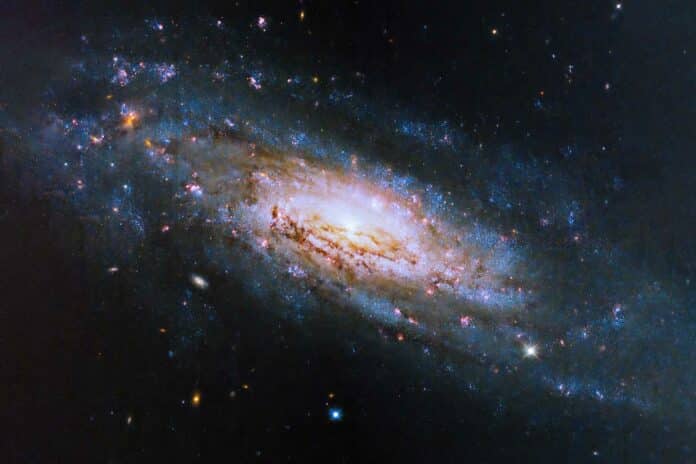NASA Hubble Space Telescope recently captured an image of galaxy NGC 4951, which is located almost 50 million light-years away from Earth in the Virgo constellation.
In the image, one can see bright, starry spiral arms surrounding an active galactic center.
The galaxy NGC 4951 is a fascinating example of a Seyfert galaxy, a highly energetic type with an AGN. What sets seyfert galaxies apart is their visibility; unlike other AGN types, the galaxy itself remains detectable despite the brilliance of the AGN.
Supermassive black holes fuel AGNs such as NGC 4951. The AGN shines brightly because stuff spinning into the black hole produces radiation that spans the electromagnetic spectrum.
The observations of NGC 4951 were conducted with a specific goal in mind: to provide valuable insights for scientists studying the evolution of galaxies, particularly the star creation process. The data collected by Hubble is being combined with observations from the James Webb Space Telescope (JWST) for a JWST Treasury program. This program aims to use a single, comprehensive dataset to address multiple scientific issues and facilitate a variety of intriguing research projects.
